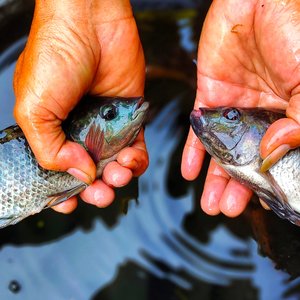Until June 2014, prices for fishmeal in international markets did not respond significantly to the anticipated supply shortage implied by the low anchovy catch in Peru. The low catch was caused primarily by the abnormally high sea temperatures, forcing anchovy stocks to deeper and cooler waters or to the south where industrial catches were prohibited within a ten mile zone. A short ban to suspend fishing operations for a few days due to high juvenile levels complicated the situation further. It seemed apparent that the El Niño would affect all agents of the value chain this year, although the full effects can never be completely predicted or confirmed. Nevertheless, the market was quiet during this period as buyers hesitated to order and China, the largest global fishmeal consumer, had built up a stock of 253 000 metric tonnes.
The quiet was broken shortly after the first anchovy fishing season in Peru was over in August. Despite the deadline being extended to 10 August, only 68% of the Total Allowable Catch (TAC) had been caught, or 1.71 million tonnes. Compared with the high percentage of catch during the two seasons of 2013, which allowed 2.05 and 2.3 million tonnes respectively, the confirmed low catch level brought anxiety to markets immediately. Furthermore, in October, IMARPE made the recommendation that no quota be allowed for the second season until another reassessment survey was completed. This recommendation was due to the fact that after the first survey, only 1.45 million tonnes of anchovy biomass were found, while in 2013 the figure was 10.8–12.1 million. With these factors, the market did not hesitate to respond with record high prices. In October 2014, an FOB price of US$ 2,400 per tonne was recorded for super prime fishmeal in Peru.
Since then, prices have remained generally stable at this level. Usually at the end of the year, Chinese demands for its swine industry, which is the largest in the world, increase for the upcoming Spring Festival. This year is no exception and by December 2014, China had already quickly consumed its large fishmeal stock and had only an estimated 30000 tonnes left.
[Source: Globefish. Read the full article]







